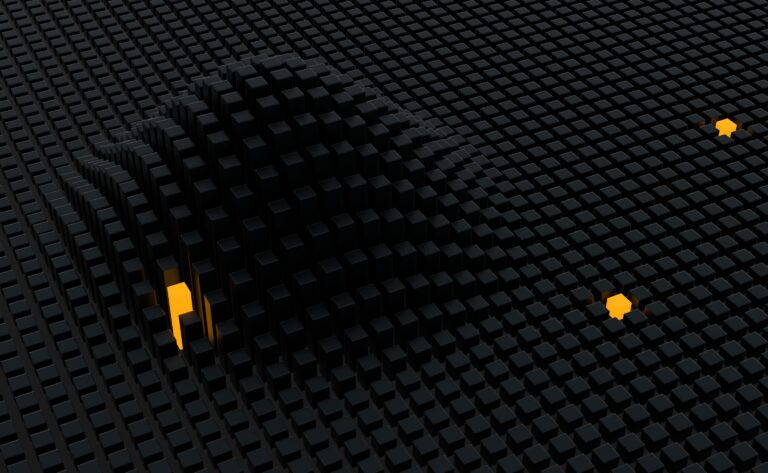
I may have to do this for a thousand or more models, and every time a model is edited. I'm kind of leaning away from doing it manually in Blender, to be honest. Then (as you can see in the sword handle) I need to setup up a pixel perfect UV and texture map, prior to baking.
#Magicavoxel palette how to
I was able to get a texture map to bake by diffusing colour with some success (some faces got the wrong colour, see the yellow near the bottom of the blade), but I couldn't quite figure out how to do it with vertex colour emissions to see if the result would be better.

Update: I believe Blender can do what I need, but it's going to require a lot more research to get it right. Maybe there's a solution within MagicaVoxel that I'm not aware of? I just wanted to avoid any confusion with what MagicaVoxel can do on it's own. Thus, without the desired material information. Mesh C was also exported from MagicaVoxel, but with the colour information removed. Mesh B is the result (I imagine this removes the need for any anisotropic filtering). )Įdit For clarification: MagicaVoxel exports an OBJ file with accurate texture mapping, but isolates different colours of voxels to their own polygons, creating more polygons than are required. This is just one asset in a medieval adventure game and I'd like to have a very cluttered world. Mesh B has 216 polygons, while mesh C uses 140. Is there an existing tool to achieve this? I really like how MagicaVoxel works and I'm not interested in using Blender to model or manually texture the mesh, but maybe there's a plugin for Blender? I'm open to suggestions.Īs a side note, it's possible that I could just use the OBJ file as is, but I wonder about performance. Ideally, I'd like to have a model that is the lowest polygon count possible ( C) with an accurate texture map to mimic the voxel colours. I found that using MagicaVoxel's OBJ export yields interesting results in that voxels of the same colour share polygons ( B), but when many different coloured voxels are next to each other, it still creates a high polygon count. I imported the model into Blender, but then realized that it's using a very high polygon count for such a simple model. The difference is tangible for me.I've created a model in MagicaVoxel ( A) and I want to use it in Godot. P.S 2500 models with one camera and one directional light produce ~ 180 fps on gtx 1060 / i5 10400 and 230-240 fps with optimization from Qubicle. Maybe I need to remove the uv map when exporting from Qubicle and insert the uv map that MagicaVoxel generated into the model, but for now I'm figuring out how to do this in Blender. When exporting, a new uv-map is created and, as in the case of VoxelShop, I have to create my own texture and material for each model. Qubicle is the best at optimizing the grid and opening large. Out of despair, I bought Qubicle Indie Edition in incentive only for export, because it is inconvenient for work (for me personally), unlike MagicaVoxel. More often MagicaVoxel optimizes better than these scripts( I need to create a separate texture and material for each model. dae export replaces the standard MagicaVoxel uv-map. The resulting file is imported into Blender and exported to.

vox files in VoxelShop and export them to. obj i can create one material for 99% of the models in the project, but MagicaVoxel does not optimize the mesh very well.

I will create a script that will export all my colors to the MagicaVoxel palette and it will be both like the palette in the program and the texture of the material in Unity. The fact is that I have not completely decided on the color palette and when developing a project I want to dynamically change the colors of all models in real time. I am new to Unity and i have a problem with import multiple optimized vox models with one texture.


 0 kommentar(er)
0 kommentar(er)
